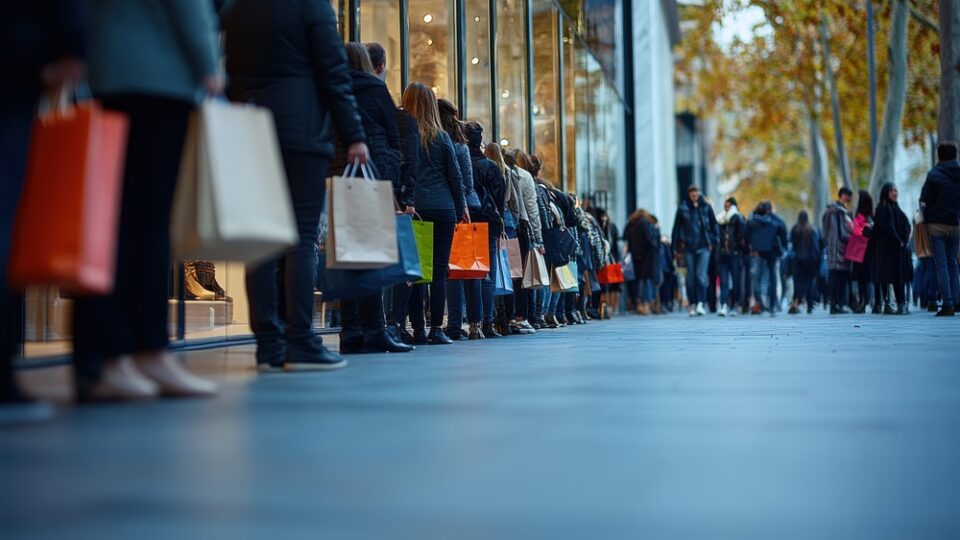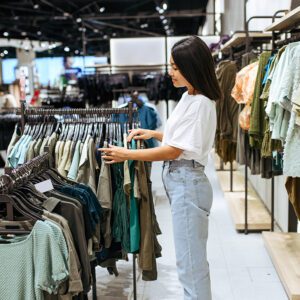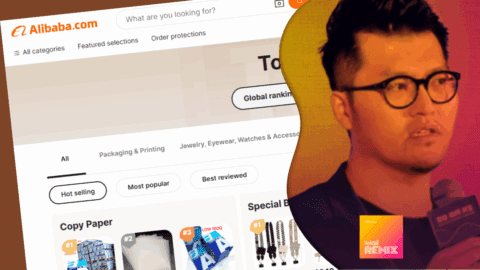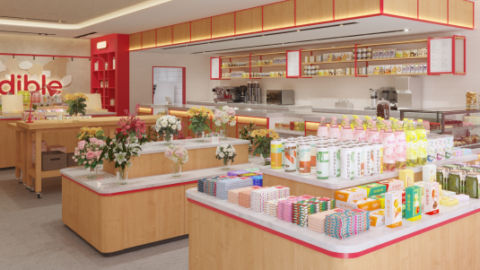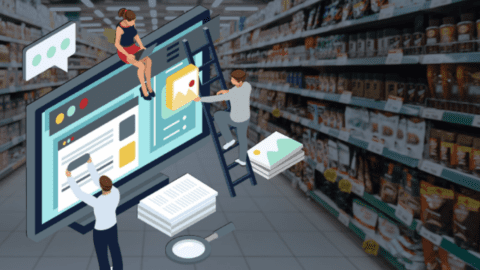Product scarcity has been a successful retailing strategy for many years, particularly in the luxury sector. Part of the thrill of owning a Birkin bag is the knowledge that Hermès goes to considerable lengths to ensure that only a small number of genuine bags are produced and sold. (This also fuels the knockoff and dupe markets for the product, but that’s another story.)
However, scarcity is hardly limited to high-end products: Cabbage Patch Kids and Tickle Me Elmo dolls were responsible for long lines, even stampedes, of consumers trying to get their hands on these “must-have” items. Sometimes these consumer competitions were amped up by the belief that the items would eventually appreciate in value, as with the Stanley x Starbucks collaboration on Valentine’s Day 2024, with the Stanley tumblers eventually garnering a resale value of about $300 — a 500% premium on the original retail price.
But it’s tough to predict what products will actually go viral, particularly given the role that celebrities and social media influencers often play in turning a run-of-the-mill product drop into a feeding frenzy.
“Some of these programs are happy accidents,” said Elizabeth Lafontaine, Director of Research at Placer.ai in an interview with Retail TouchPoints. Lafontaine, who recently examined the role of exclusivity in comparing product drops at Trader Joe’s and Target, discussed the importance of retailers and brands having a deep understanding of their customers, as well as best practices for maximizing results when a product does capture the public’s fancy.
Retail TouchPoints (RTP): Scarcity has usually been associated with high-end goods, but we’ve certainly seen this strategy being used at lower price points as well. Is scarcity being “democratized”?
Elizabeth Lafontaine: It’s true that scarcity has been going from luxury to mass. It’s important to remember that the flip side of scarcity is accessibility, and that’s why many designer collaborations have worked — because they are bringing products that weren’t accessible, or at least not at accessible price points, to places that the consumer can visit. The Stanley x Starbucks collab, for instance, was about products that are accessible and not even super exciting; they’re normal products that everyday consumers can use in their everyday life, but there’s something new and exciting and interesting about them that resonates with these everyday consumers.
It’s also important to remember that everything about drops and scarcity comes down to the consumer being in the driver’s seat — and consumers are changing their minds and their behaviors at such a blistering pace.
RTP: How important is it to match the product/service being offered with the demographics and buying habits of a retailer’s or brand’s customer base?
Lafontaine: It’s certainly very important for retailers to understand their customers — that’s why these programs work, ultimately. For retailers to generate something that really resonates with their consumer base, they need to know what products they’re [already] interested in, as well as what other brands they are shopping and what they consider exciting. [Having these insights] also is important in choosing which brands and products to feature, as well as informing how these collabs should be marketed.
RTP: Your article talks about the success Trader Joe’s had with its mini-totes, first released in February 2024 and then again in September, with the bags in bold, classic colorways like red, yellow, blue and green. The April 2025 version changed things up with a pastel-handled version, and on the launch day, April 8, foot traffic estimates at Trader Joe’s were up 21.2% compared to a year-to-date Tuesday average. What are some of the things Trader Joe’s did right to make these succeeding drops successful?
Lafontaine: The initial drop was something of a happy accident, but Trader Joe’s was able to harness the power of this product, even though they didn’t expect it to be as popular as it was. They took the learnings from that first launch, making the “repeats” perform far better. They could prepare for [the subsequent drops] from a product availability aspect, and also make design decisions that added new, incremental value to the product.
The fact that Trader Joe’s is essentially a store-only retailer — they have a website but consumers can’t check out on it — benefits them in these situations. You cannot replicate impulse purchases online, or at least it’s easier to generate impulse behavior in physical stores. You simply can’t generate the same feeling as a consumer coming into a store, seeing new, innovative and unique products and generating that “I have to have it now” feeling.
RTP: Your article also talks about mixed results for Target with its April 2025 Kate Spade collection of women’s apparel, shoes, accessories and home goods. You report that in-store traffic was down 6.8% compared to a 2024 release date for a collaboration with designer Diane Von Furstenberg, but that the Kate Spade drop was successful in drawing back affluent suburban shoppers, a key Target audience. Were there things Target could or should have done differently to get better results?
Lafontaine: The collection also debuted on Target.com on the same day, so the in-store traffic may not have reflected overall demand. Target has been the pioneer of scarcity; they’ve been doing it for over 25 years, working with incredible designer brands, almost cornering the market in bringing designer products to the [average] consumer.
What Target does right is that even when these programs have been successful over decades, Target still continues to listen to the consumer, because what worked five or six years ago might need to change today. But it’s also true that so much of this can’t be planned by retailers; as I’ve said, a lot of things are happy accidents.
RTP: What are some best practices for making these types of drops more successful?
Lafontaine: One of the big things retailers can do to help is communicating the value of these programs to consumers early. Sometimes they’ll only be announced one or two days ahead, but you have to give consumers an adequate amount of time to prepare. [If a consumer really wants something], they will plan their day around visiting the store.
Additionally, messaging should stress why this drop is important. Why is the product a need versus a want? You need to be in lockstep with the consumer to understand what they want and need.




